Recent technical trials conducted by INTA Valle Inferior (Río Negro), INTA Concepción del Uruguay (Entre Ríos), and a private sector company aim to transform feedlot steers finishing.
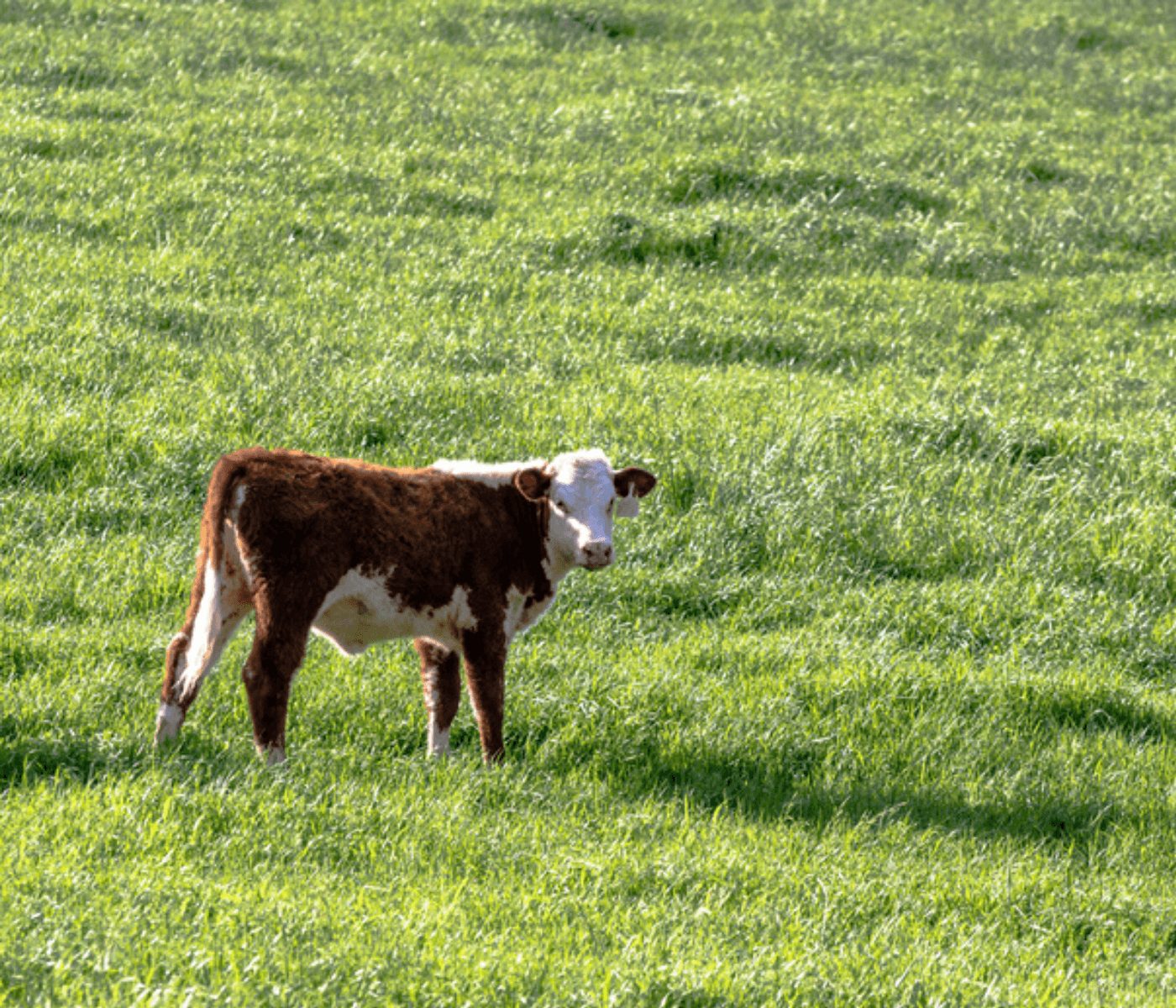 10 Aug 2025
10 Aug 2025
Recent technical trials conducted by INTA Valle Inferior (Río Negro), INTA Concepción del Uruguay (Entre Ríos), and a private sector company aim to transform feedlot steers finishing.
According to early results, the use of a multifactorial additive in the diet allows a reduction in feed intake per kilogram of weight gained by between 31% and 35%, a significant improvement over traditional practices.
The study, focused on Polled Hereford steers weighing approximately 250 kg, was conducted in feedlot finishing systems over a period of 90 to 100 days.
Four feeding regimens were tested: two based on balanced feed and hay combined with the multifactorial additive, and two traditional diets, one with progressive adaptation to corn and hay.
U
While the results are promising, these trials are preliminary. The organizations involved confirmed that they will continue studies to validate the consistency of the additive in other breeds, entry weights, and production conditions. In addition, its production cost and commercial scale feasibility will be evaluated.
If progress is favorable, the incorporation of this type of multifactorial additive could mark a milestone for the Argentine livestock sector, optimizing feedlot efficiency and contributing to the competitive positioning of beef in domestic and international markets
Source:INTA
Subscribe now to the technical magazine of animal nutrition
AUTHORS
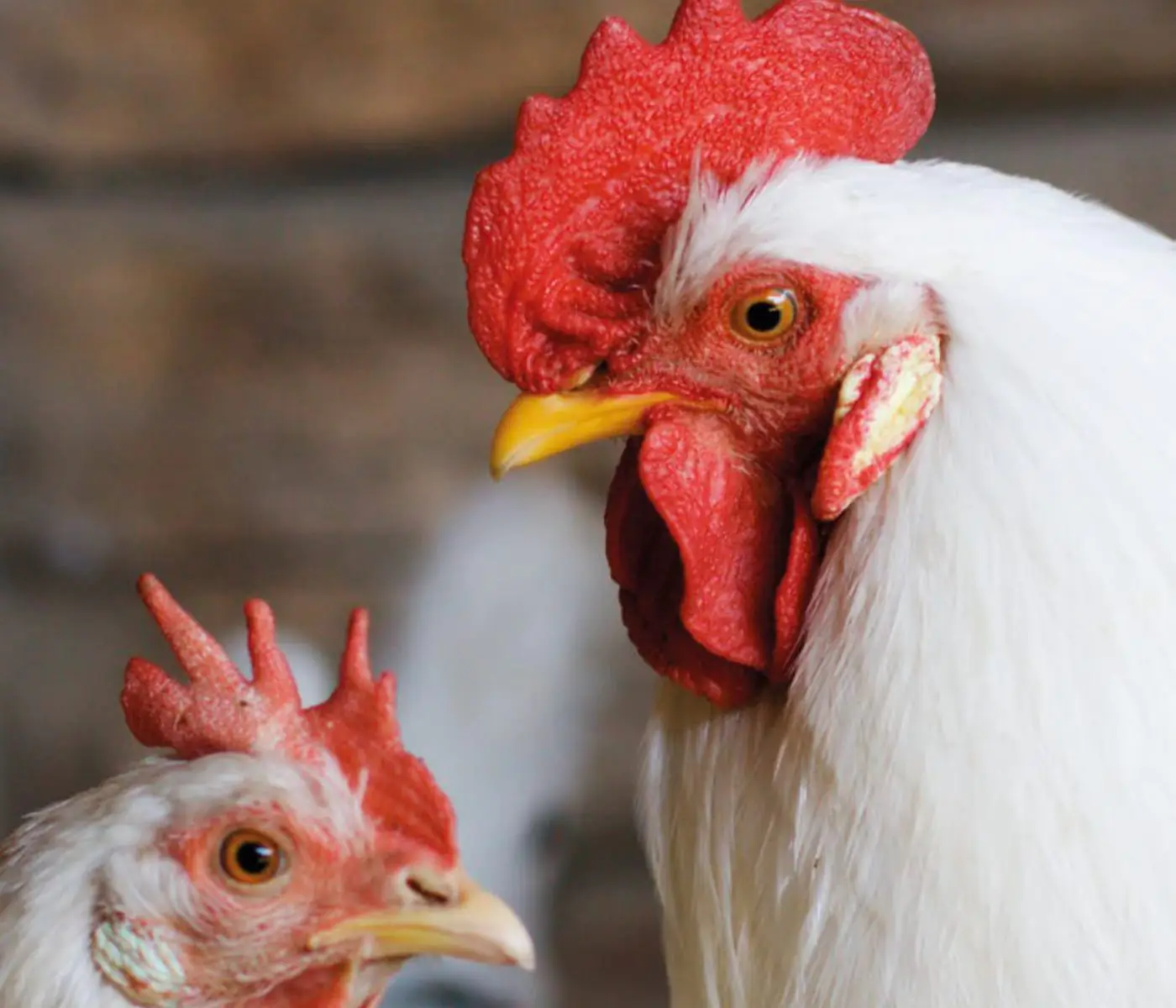
Nutritional Interventions to Improve Fertility in Male Broiler Breeders
Edgar Oviedo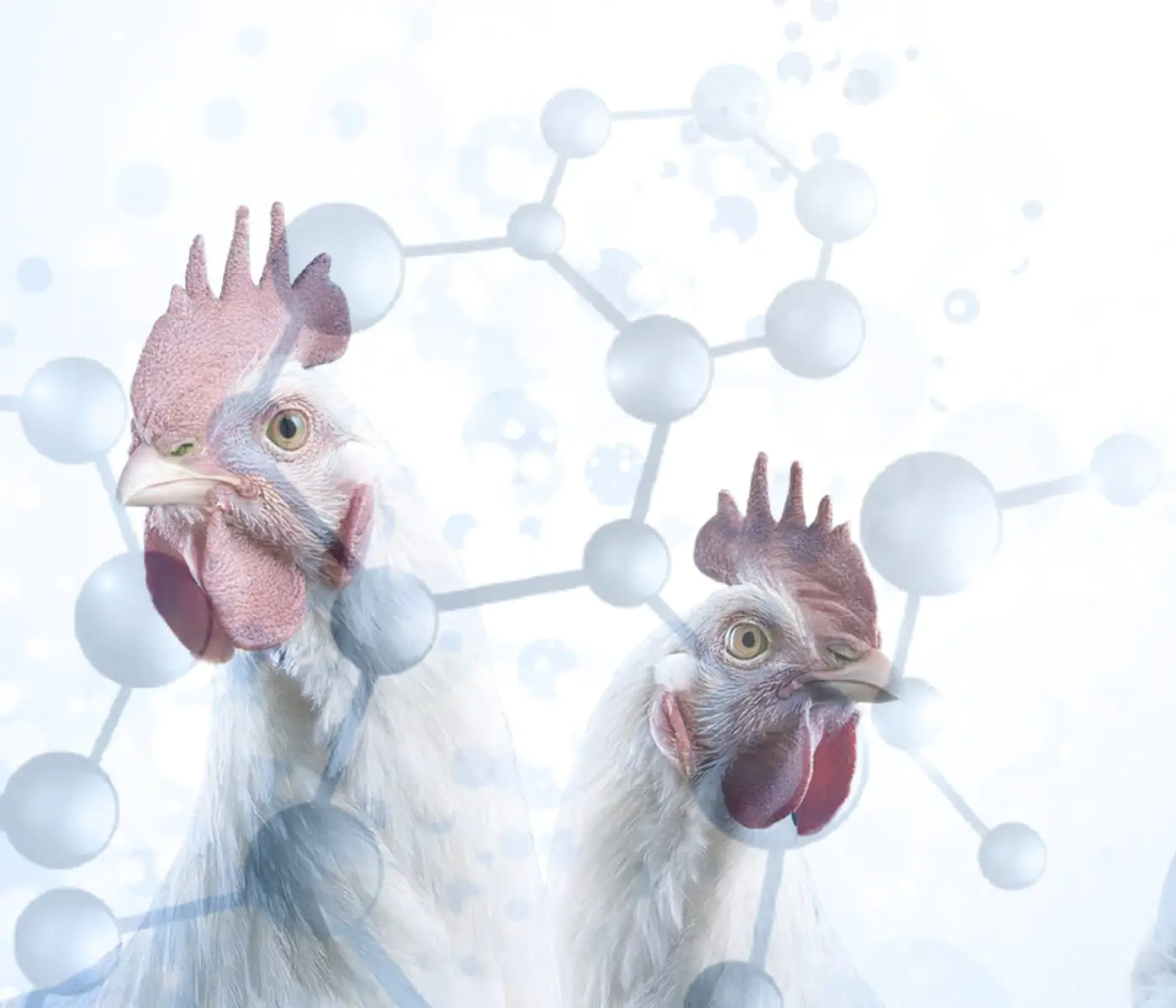
The Use of Organic Acids in Poultry: A Natural Path to Health and Productivity
M. Naeem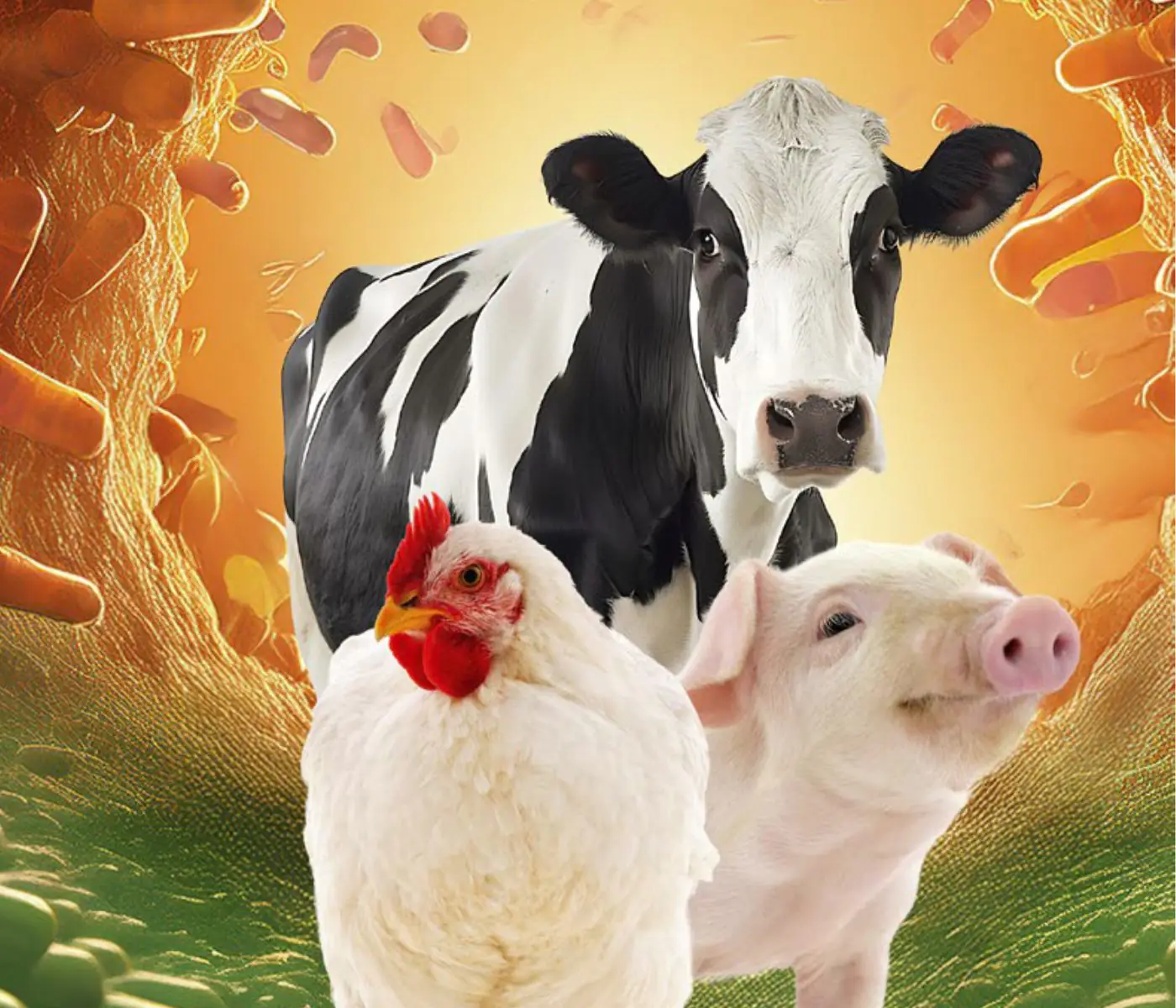
Synergistic Benefits of Prebiotics and Probiotics in Poultry, Swine, and Cattle
Gustavo Adolfo Quintana-Ospina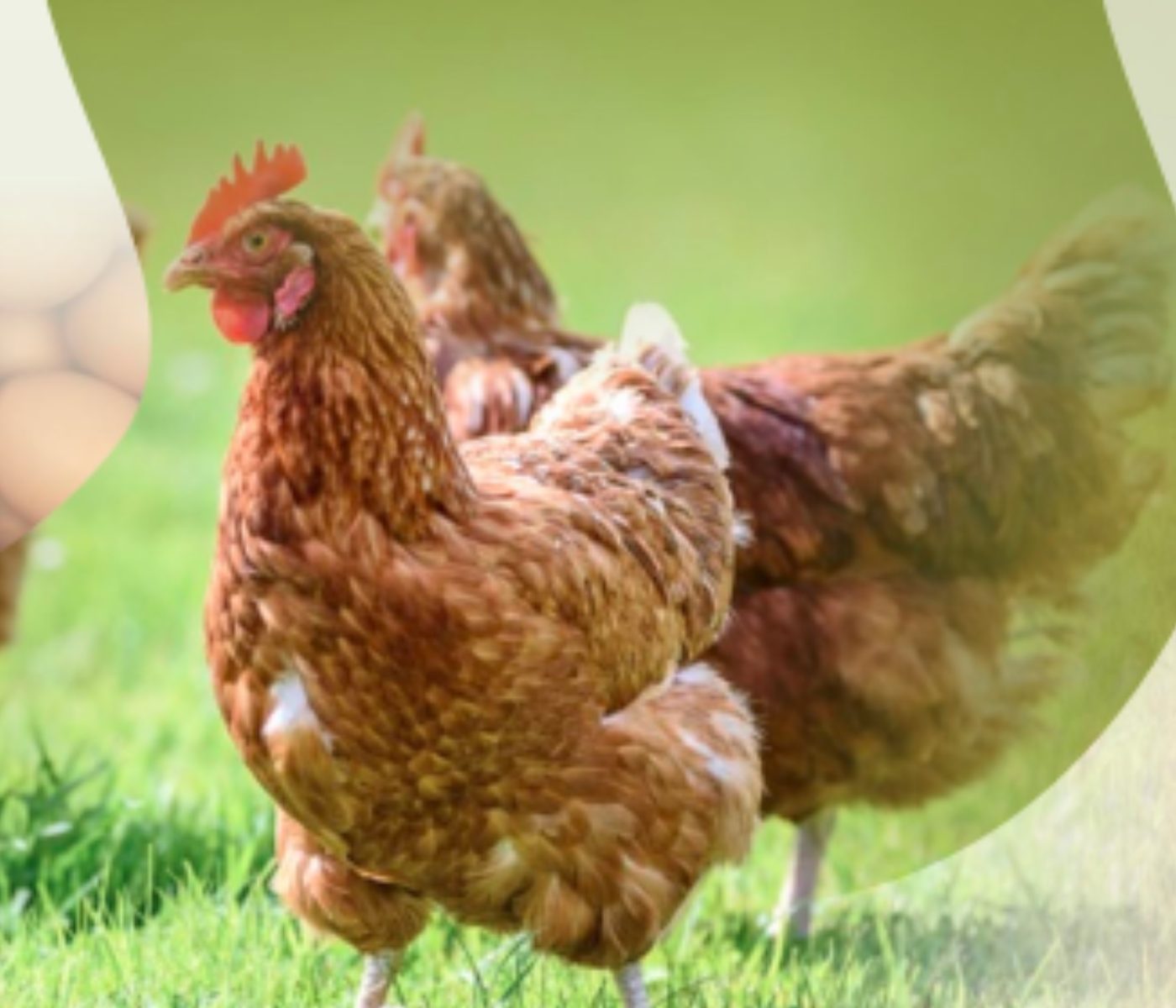
Hybrid Rye Potential in Laying Hen Feed Rations
Gwendolyn Jones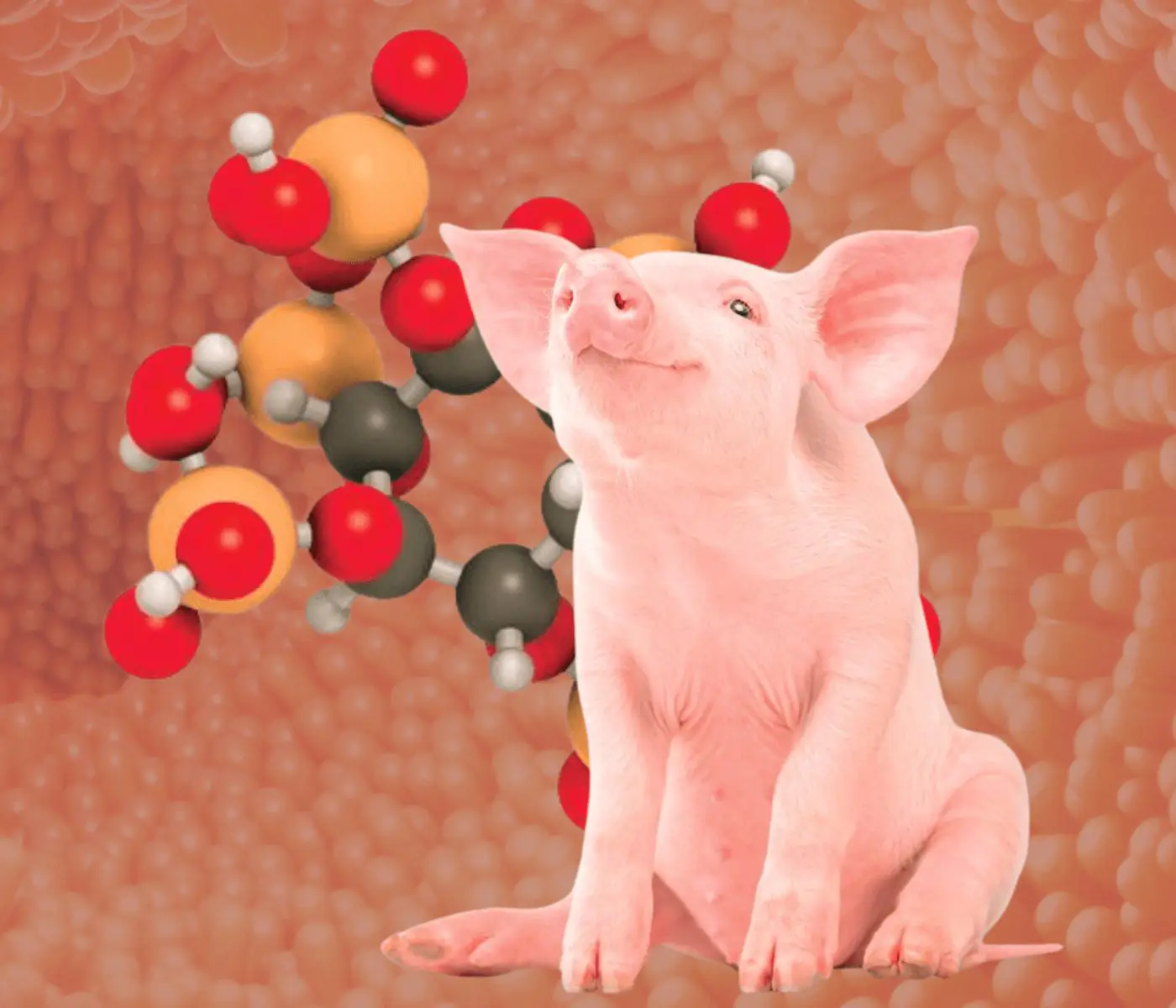
A day in the life of phosphorus in pigs: Part I
Rafael Duran Giménez-Rico
Use of enzymes in diets for ruminants
Braulio de la Calle Campos
Minerals and Hoof Health in the Pregnant Sow
Juan Gabriel Espino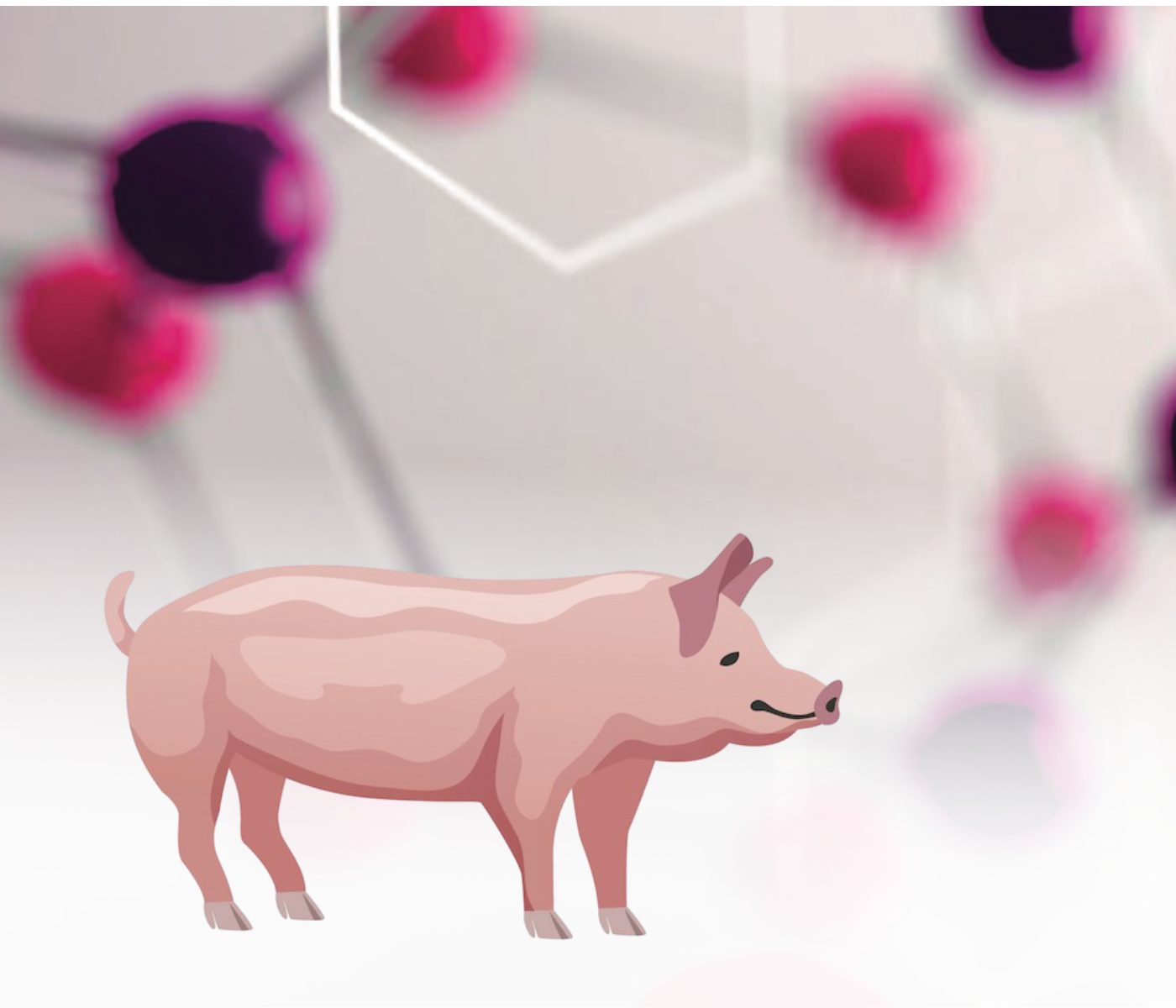
Impact of Oxidized Fats on Swine Reproduction and Offspring
Maria Alejandra Perez Alvarado